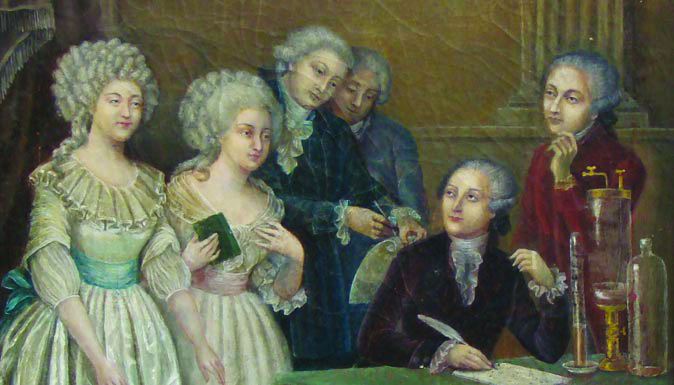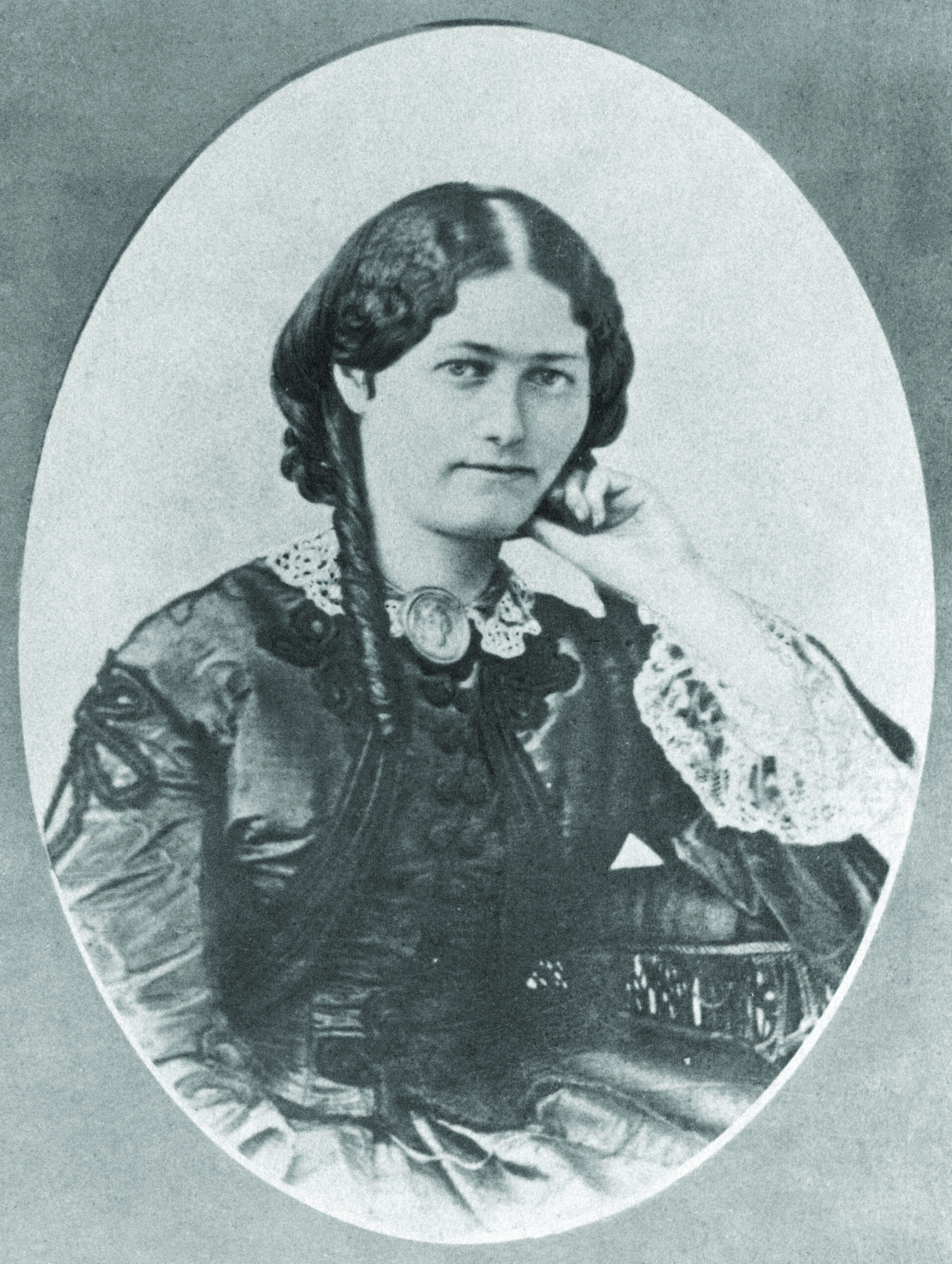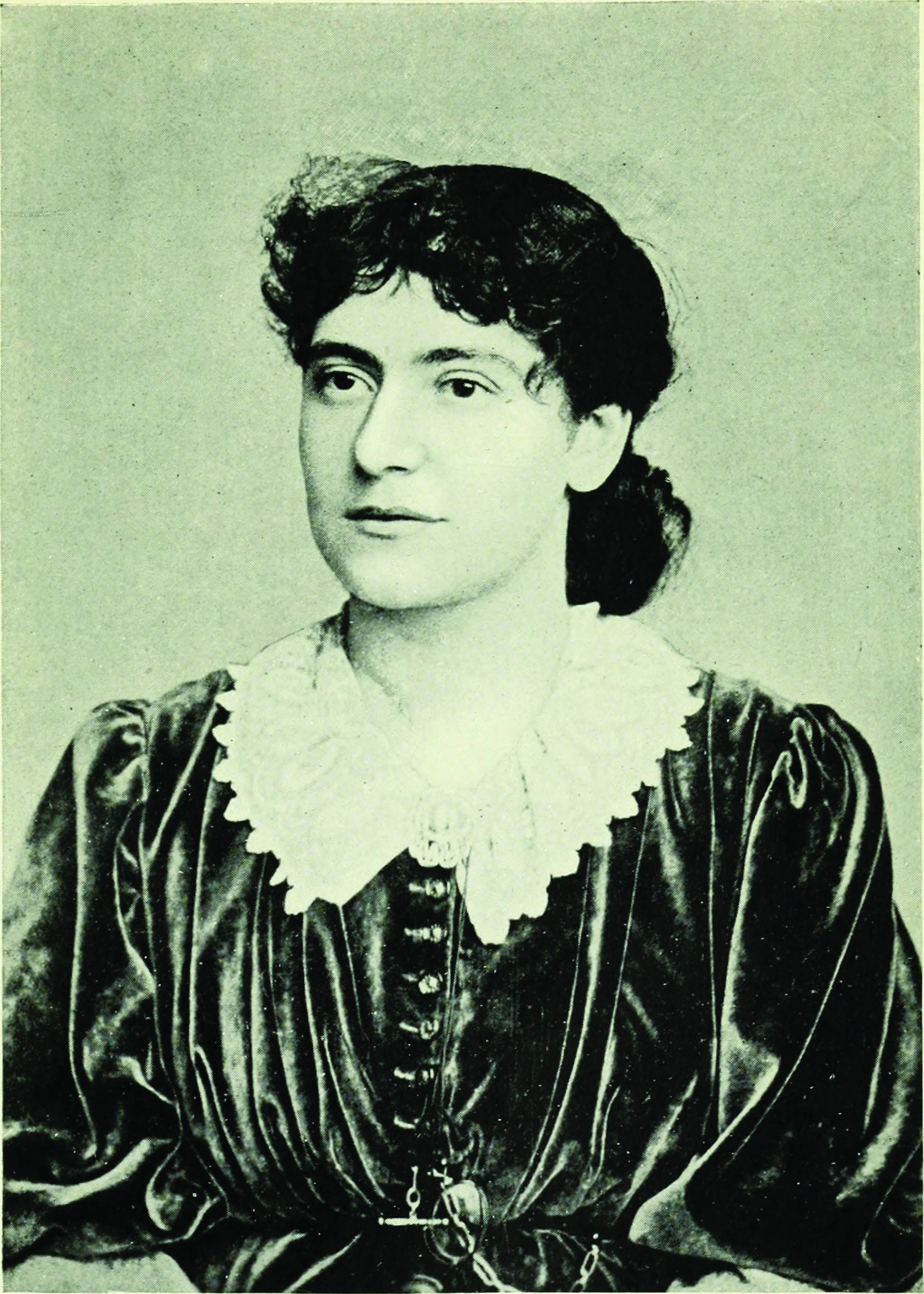HISTORY OF T&I
Having previously worked anonymously or hidden behind male pseudonyms, women translators began to sign their work with their real names in the 16th century. Often forgotten or barely mentioned in major printed encyclopaedias, they are now (albeit belatedly) coming into their own, thanks to Wikipedia and its many contributors. French translator and librarian Marie Lebert, currently based in Australia, has written extensively on and around the subject. She has selected seven trailblazing women translators, who also contributed to women’s education, gender equality, education for all, abolitionism and scientific knowledge, to tell us about here.

Booth translated … de Gasparin’s book … in just one week, by working twenty hours a day …
Advocating for women’s education
When Italian philosopher Giuseppa Barbapiccola (1702–40) translated French philosopher René Descartes’ seminal work Principles of Philosophy (1644) into Italian, her goal was not only to convey Descartes’ ideas to an Italian audience, but also to publicise his praise of the female intellect, and to thereby inspire women to educate themselves.
In the preface to her translation, printed in 1722, she stated that ‘Women should not be excluded from the study of the sciences, since their spirits are more elevated and they are not inferior to men in terms of the greatest virtues.’
Barbapiccola not only defended the right to education for all women, but also tried to persuade women to take the matter into their own hands and empower themselves. She asserted that women have always had the capacity to learn, and that their ignorance is neither inherent in their nature, nor due to their being (as they were then characterised) the ‘weaker sex’. The cause, she said, was women’s lack of – or poor – education. To this end, her preface included an account of women’s achievements since antiquity.
Contributing to the Chemical Revolution
In her day, French chemist, mineralogist and meteorologist Claudine Picardet (1735–1820) was the only woman teaching at the Dijon Academy in eastern France. As the only scientist there who was proficient in five foreign languages (Latin, English, Italian, German and Swedish), she also translated the works of leading foreign scientists into French for the benefit of her colleagues.
Picardet translated three books and dozens of scientific papers from their original Swedish (works by Carl Wilhelm Scheele and Torbern Bergman), English (works by John Hill, Richard Kirwan and William Fordyce), German (works by Johann Christian Wiegleb, Johann Friedrich Westrumb, Johann Carl Friedrich Meyer and Martin Heinrich Klaproth) and Italian (works by Marsilio Landriani).
Picardet’s translations were essential for the dissemination of scientific knowledge during the Chemical Revolution, a movement led by French chemist Antoine Lavoisier (often called the father of modern chemistry). She also hosted renowned scientific and literary salons in both Dijon and Paris, where she later lived, and actively participated in the collection of meteorological data.

[Image source: public domain via Wikimedia Commons]
Promoting public education for all
Sarah Austin (1793–1867) studied Latin, French, German and Italian as a child in her native England. After marrying legal philosopher John Austin she became a translator and editor, and corresponded extensively with many writers. The couple moved from London to Bonn, Germany in 1827, where they lived largely on her income.
Austin translated works written by her German and French contemporaries into English, including Characteristics of Goethe: From the German of Falk, von Müller, etc., with notes, original and translated, illustrative of German literature by luminary German Romantic author Johann Wolfgang von Goethe (1833), as well as books by German philosopher Friedrich Wilhelm Carové (1834), German historian Leopold von Ranke (1840), and French historian François Guizot (1850).
Austin translated French philosopher Victor Cousin’s Report on the State of Public Instruction in Prussia (1832), originally compiled for the French Minister of Public Education. In the preface to her translation, published in 1834, Austin pleaded for the cause of public education. She also advocated for a national system of education in England, in a pamphlet published in the Foreign Quarterly Review in 1839.
Austin frequently asserted her intellectual rights as a translator, writing that ‘It has been my invariable practice, as soon as I have engaged to translate a work, to write to the author of it, announcing my intention, and adding that if he has any correction, omission, or addition to make, he might depend on my paying attention to his suggestions.’ (in ‘Sarah Austin’, Dictionary of National Biography, vol. 2, 1885).
A new audience for Charles Darwin’s seminal work

Self-taught French scholar Clémence Royer (1830–1902) undertook the major task of translating English naturalist Charles Darwin’s seminal work On the Origin of Species (first published in 1859). At the time, Darwin’s concept of evolutionary adaptation through natural selection was attracting widespread interest outside Britain, and he was eager to have his book translated into French.
In the first French edition (1862, based on the third English edition), Royer went beyond her role of translator with a 60-page preface in which she expressed her own views – views that had more in common with French naturalist Jean-Baptiste Lamarck’s ideas than with Darwin’s – as well as providing many detailed explanatory footnotes. On reading her translation, Darwin was unhappy with both preface and footnotes, and also with Royer’s lack of knowledge of natural history.
In the second French edition (1866), at Darwin’s request, some errors and inaccuracies were corrected, while the third (1873) – produced without the author’s consent – included a new preface, with which he was again unhappy. It made no mention of Darwin’s additions to the fourth and fifth English editions, merely including an appendix containing the additions to the sixth, which had been published a year earlier.
While Royer’s first three translations were published by Guillaumin, the fourth was published by Flammarion in 1882, the year of Darwin’s death, and remained popular until 1932. Royer’s controversial translations brought her fame, and she wrote and lectured extensively on philosophy, feminism and science – including on Darwinism.
[Image source: Internet Archive Book Images, no restrictions, via Wikimedia Commons]
Contributing to the antislavery movement
Mary Louise Booth (1831–99) was an American writer and editor, and a translator from French to English. Born in Millville (now Yaphank) on Long Island, New York state, she was of French descent on her mother’s side.
After moving to New York City at the age of just 18, Booth wrote extensively for newspapers and magazines, and also translated around 40 books. These included works by French writers Joseph Méry and Edmond François Valentin About, and philosopher Victor Cousin. She also assisted fellow American translator Orlando Williams Wight in producing a series of translations of French classics, as well as writing a History of the City of New York (1859), which became a bestseller.
When the American Civil War started in 1861, Booth translated French antislavery advocate Agénor de Gasparin’s book The Uprising of a Great People: The United States in 1861 – at the time only just published in France – in just one week, by working twenty hours a day; her English edition was published in a fortnight by American publisher Scribner’s, and was widely distributed.
Booth then translated de Gasparin’s America before Europe: Principles and Interests (1862, original also published 1861), as well as books by other antislavery campaigners, including Pierre-Suzanne-Augustin Cochin’s Results of Emancipation and Results of Slavery (1862, from a three-volume work originally published in 1861) and Édouard René de Laboulaye’s Paris in America (1865). Booth received praise and encouragement from then US President Abraham Lincoln, Senator Charles Sumner and other statesmen for her invaluable contribution towards the abolition of slavery.
Booth also translated other books by the same authors, including de Gasparin’s religious works (written with his wife) and de Laboulaye’s Fairy Book, as well as educator Jean Macé’s Fairy Tales, three volumes of historian Henri Martin’s 15-volume History of France (1833–36), and philosopher Blaise Pascal’s Provincial Letters.
In 1867 Booth became the first editor-in-chief of a new magazine, Harper’s Bazaar, and held the position until her death in 1899. Having struggled financially for decades as a writer and translator, she ended her career on a larger salary than any other woman in America, while the magazine steadily increased its circulation and influence under her leadership.
Contributing to political change

[Image source: Internet Archive Book Images, no restrictions, via Wikimedia Commons]
Eleanor Marx (1855–98) – the youngest daughter of German philosopher, political theorist, economist, historian, sociologist, journalist, and revolutionary socialist Karl Marx – was born after the family settled in London.
According to her biographer Rachel Holmes in Eleanor Marx: A Life (2014), Eleanor played in her father’s office while he wrote Das Kapital. Kritik der politischen Ökonomie (English: Capital: A Critique of Political Economy, also known as Das Kapital and Capital, Volume 1 published 1867), and being brought up at this time in her father’s life influenced her activism from an early age.
Eleanor became Marx’s secretary at the age of 16, and accompanied him to the conferences he gave in various countries. She translated some chapters of Das Kapital from German into English, revised the English translations of her father’s lectures before their publication in books, and supervised the publication of the English edition of Das Kapital in 1887, after her father’s death.
(Eleanor’s second oldest sister, Laura Marx, and her husband, the French revolutionary socialist Paul Lafargue, also translated Marx’s works into French.)
Eleanor went on to write political works herself, both alone and with English Marxist Edward Aveling. She met another French revolutionary socialist, Prosper-Olivier Lissagaray, who had fled to England after participating in the Paris Commune (a revolutionary socialist government that briefly ruled Paris in 1871), and her translation of his History of the Paris Commune of 1871 was published in 1876. She also helped organise the International Socialist Congress that was held in Paris in 1885.
Eleanor also translated literary works. She was responsible for the first English edition of Gustave Flaubert’s bestselling French novel Madame Bovary (1857, translation published 1886), and learned Norwegian in order to translate some of Henrik Ibsen’s plays.
[Image source: Internet Archive Book Images, no restrictions, via Wikimedia Commons]
An international audience for Freud’s complete works
American-born English psychoanalyst Alix Strachey (1892–1973) and her English husband James Strachey – a fellow psychoanalyst – spent two years in Vienna, Austria shortly after they married in 1920, in order to study psychology with the Austrian founder of psychoanalysis, Sigmund Freud.
Having first translated some of Freud’s articles from German into English, the Stracheys worked tirelessly – from 1953 to 1966 – to translate his complete works (written between 1886 and 1939), in collaboration with Freud’s youngest daughter Anna, and with the help of British musicologist and translator Alan Tyson.
The 24-volume translation was published between 1953 and 1974 as The Standard Edition of the Complete Psychological Works of Sigmund Freud (also known to scholars as The Standard Edition, or SE), with James Strachey as its editor. It included introductions to Freud’s various works, as well as extensive bibliographical and historical footnotes, and quickly became the reference edition of Freud’s works in English, and for translations into other languages.
French translator and librarian Marie Lebert holds a PhD in linguistics (digital publishing) from the Sorbonne, Paris; has worked for international organisations in several countries; and is currently in Australia after being granted a global talent visa. She also writes about translation and translators, with a focus on women translators. In a previous project she asked language and information professionals around the world how they contributed to the web becoming truly multilingual. In all her projects, Marie aims to give a voice to the forgotten or bypassed. Her articles and ebooks are available free online in English, French and Spanish here.
More women translators are celebrated in Marie’s most recent ebook, Some women translators of the past (2024).


